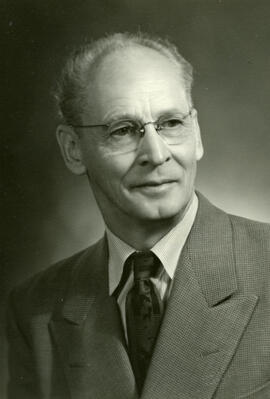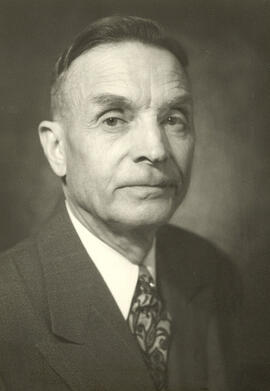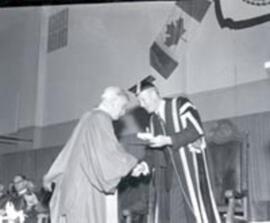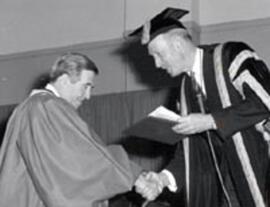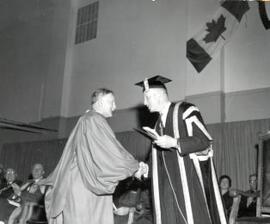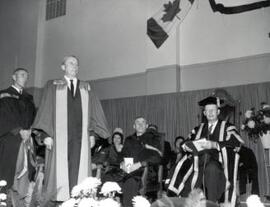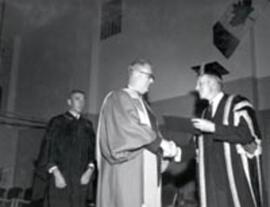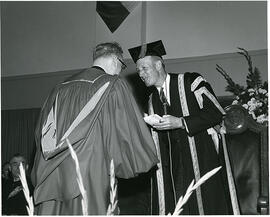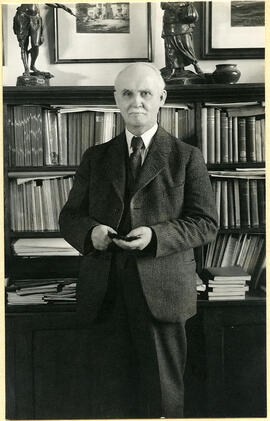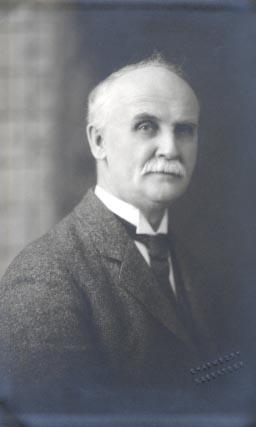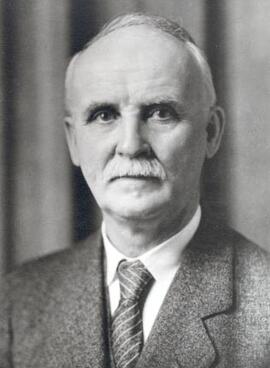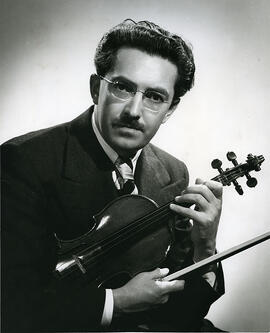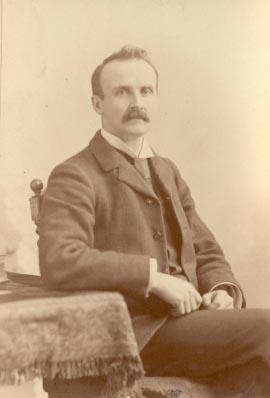- A-3251
- Stuk
- [ca. 1950]
Head and shoulders image of George W. Simpson, Department of History.
Bio/Historical Note: George Wilfred Simpson was a descendant of Loyalists who resettled in Canada after the American Revolution. Simpson was born in 1893 at Chatsworth, Grey County, Ontario, and received his primary and secondary education in that province. After a brief stint as a schoolteacher and homesteader in Saskatchewan, he enrolled at the University of Saskatchewan and graduated with a BA in 1919. He earned an MA in History from the University of Toronto in 1930. Simpson taught at the University of Saskatchewan from 1922 to 1957, eventually becoming Head of the History Department and Assistant Dean of the College of Arts and Science. During World War II he was Chair of the Advisory Committee on Co-operation in the Canadian Citizenship Branch of the Department of National War Services. He helped initiate the formation of the Saskatchewan Archives and was the first provincial archivist from 1945 to 1948. In addition, he was instrumental in establishing 'Saskatchewan History', a publication of the Saskatchewan Archives, in 1948. There was a large Slavic population in Saskatchewan, and Simpson befriended many members of the Slavic community. As a non-Slav he helped them considerably to raise their image vis-à-vis the predominant Anglo-Saxon population. Simpson was instrumental in introducing Slavic Studies at the University of Saskatchewan, and helped establish similar programs in other Canadian universities. He was an editor of the first comprehensive history of Ukraine to be published in English, and wrote many articles on Ukrainian and Slavic history. In 1947, the Free Ukrainian University awarded Simpson an honorary Doctorate. He was further honoured by the Royal Society of Canada, the Shevchenko Scientific Society, the Ukrainian Free Academy of Sciences, the Canadian Historical Association, the Canadian Association of Slavists, the American Historical Association, the Canadian and American Geographical Society, and many other scholarly societies and institutions. Simpson retired in 1958 and was received an honourary Doctor of Laws degree the following year. In the 1960s he served on the Board of Governors at the U of S. Simpson married twice. He and his first wife, Muriel Jessie Simpson (1889–1963), were married in 1923. Edith C. Rowles (1905-1997) became Simpson’s second wife in 1964. George Simpson died in Saskatoon in 1969.

